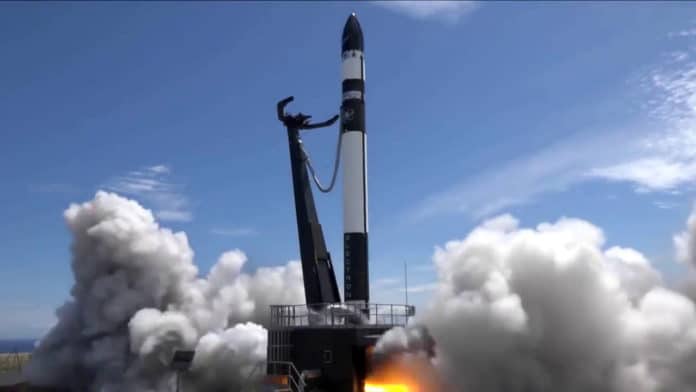Rocket Lab will continue to use its Electron rockets to send satellites and other cargo into space as early as this month. The American aerospace company has announced that it has received approval from the Federal Aviation Administration (FAA) to resume launches after identifying why its 13th mission ended in failure.
In early July, Rocket Lab’s mission called “Pics Or It Didn’t Happen” resulted in the failure or loss of a rocket and satellites, including a Canon satellite, which was supposed to demonstrate an Earth-imaging camera system before it enters mass production. After experiencing an in-flight anomaly on July 4, 2020, the company launched an investigation with the support of the FAA.
The experts quickly found that the failure in the rocket was due to a faulty component in the electrical network. This connection was intermittently secure through flight, creating increasing resistance that caused heating and thermal expansion in the electrical component. This caused the surrounding potting compounds to liquefy, leading to the disconnection of the electrical system and subsequent engine shutdown several minutes into the second stage burn.
As the engine performed a safe and controlled shutdown, Rocket Lab continued to receive telemetry from the vehicle, providing engineers with extensive data to conduct a robust investigation into the issue. The problem was not noticed before the launch because the electrical connection remained secure during standard environmental acceptance testing, including vibration, thermal vacuum, and thermal cycle tests.
“The issue occurred under incredibly specific and unique circumstances, causing the connection to fail in a way that we wouldn’t detect with standard testing. Our team has now reliably replicated the issue in test and identified that it could be mitigated through additional testing and procedures,” said Peter Beck, Rocket Lab’s founder, and CEO.
The next launch in August still does not have an exact date, but it is known that it will take off from Launch Complex 1 Pad A on New Zealand’s Māhia Peninsula.
